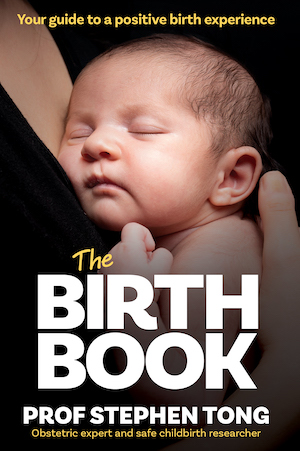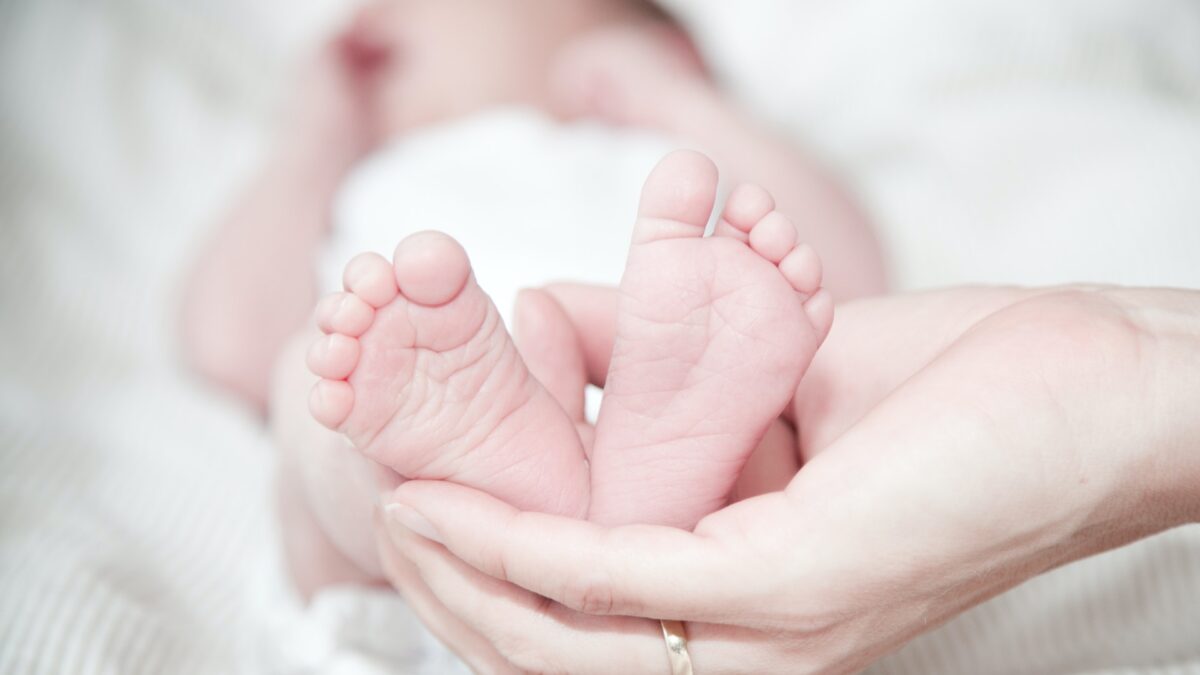Beyond 37 weeks pregnant and waiting? Pondering whether this will be the day? Professor Stephen Tong is one of Australia’s top professors of obstetrics and gynaecology. He responds to all the popular ways to bring on labour, including the “stretch and sweep”.
Castor oil to induce labour
The tenuous theory holds that for those who manage to scull the stuff (and keep it swallowed), the oil will incite hideous bowel symptoms—loose bowel motions, diarrhoea and vomiting. Somehow, whipping the bowels into a gaseous, gurgling frenzy is thought to persuade its quiet neighbour—the uterus—that it really ought to awake from its slumber and start contracting.
Sadly, although drinking straight castor oil will no doubt get the bowels really annoyed, I do not think it gets the uterus going. I suspect the uterus doesn’t really care how gurgly and unsettled the bowels are. One account on the history of castor oil observed that it was freely prescribed from 1931 until 1948 to induce labour but fell out of favour “due to the side effects of violent diarrhoea, resulting in patient exhaustion”. Sounds messy.
For those who still wish to give it a crack, go for it by all means but do keep a toilet handy. And perhaps keep the hair in a high ponytail.
Spicy foods to kickstart labour
The theory behind this is probably similar to castor oil (set off the bowels . . . set off the womb). For those visiting an Indian restaurant while heavily pregnant, I hope you enjoy the meal. You deserve it. But I personally think it is unnecessary to set your tongue (and innards) ablaze by ordering the hottest available tikka masala.
Does having sex bring on labour?
I am not sure how more sex and vigorous walking is meant to set off labour. Presumably crude shaking physically jolts the uterus into action. But given both can be safely done during the long months of pregnancy without activating preterm labour (which is a good thing), it seems unlikely to me that these activities would suddenly acquire the superpower to trigger labour simply because women have reached term gestation.
Interestingly, whether sex can precipitate natural labour was put to the test in a clinical trial by an adventurous Malaysian research team. They persuaded highly obliging couples to be randomly allocated by the researchers to have regular sex or to abstain (which I am sure heavily pregnant women did not mind one bit). Sadly, the study did not find sex kicked off labour.
Drinking raspberry leaf tea to induce labour
I have a theory as to why something as bizarre as raspberry leaf tea has wheedled its way onto the common list of strategies to start natural labour.
If you think about it, it’s a pretty niche tea (it’s not even the potentially delicious raspberry but the leaf). And it’s generally not a feature of anyone’s weekly grocery list. My pet conspiracy theory is that raspberry leaf tea is the by-product of a cunning marketing strategy of yesteryear—its labour-inducing properties entirely made up to sell seriously underperforming tea. Whether or not I have uncovered a major scam, I do not think that raspberry leaf tea—as delectable as the brew may be—really helps women go into labour.
Acupuncture and labour
Acupuncture depends on the existence of meridian lines and qi energy that can neither be seen, felt or detected in any way nor explained by conventional science. So, although safe, acupuncture lies beyond the realm of conventional medicine.
I would like to head off a chorus of outrage that may be stirring in the hearts of many who have had positive experiences from these strategies. The fact is that once pregnancies have reached 38 weeks gestation, the chances that labour will spontaneously kick in at any moment sharply rise over the ensuing weeks.
Therefore, if the uterus starts contracting the very night of a flavoursome lamb vindaloo with extra chilli, no-one can tell for certain whether it was all due to Mrs Patel’s superb cooking or it was just coincidence. This is anecdotal evidence.
But, of course, for experienced mums who are adamant that a brisk walk around the hilly seaside, a scrumptious curry or a late afternoon rumble in a sun-dappled boudoir got them into labour I am not going to take this cherished memory from them.
All these strategies are very safe for those who wish to try them. With the possible exception of ingesting spicy foods or castor oil as these may generate noisy tummy rumbling and unpleasant volatile gases—side effects that may adversely impact on the auditory and olfactory wellbeing of those around them.
What is a “stretch and sweep” and does it bring on labour?
A “stretch and sweep” is one very simple technique to get women into spontaneous labour that may actually work. While performing a vaginal examination, the examiner places a gloved finger into the cervical canal and performs a few circumferential sweeps. The examiner’s finger will be in contact with the foetal head sitting adjacent at the other end of the cervical opening, though placental membranes overlying the head prevent direct contact.
A stretch and sweep can only be done if the cervix is sufficiently dilated to accommodate the examiner’s finger: At least a centimetre open. The theory behind the stretch and sweep is that it may stir some sort of biological or hormonal response that accelerates cervical ripening, or even trigger labour. It can be uncomfortable for some, but many women tolerate a stretch and sweep just fine. Also, it is pretty quick. Those finding it too disagreeable can simply ask the examiner to stop.
Women should not be alarmed if there is a small amount of fresh vaginal bleeding soon after the stretch and sweep (or, in fact, after any internal examination) as it is almost certainly a small harmless trickle from the wall of the cervical canal and not from within the uterus.
There is evidence that stretch and sweeps are effective in stirring up labour. A meta-analysis (a scientific study that combines data from many clinical studies) that reported the outcomes of just under 3000 pregnancies concluded a stretch and sweep reduces the chance of reaching 41 weeks gestation still pregnant. As a sort of bonus, the same study also found that for women who did go into spontaneous labour, those who had had a stretch and sweep beforehand may score shorter labours. This is plausible if the stretch and sweep helps trigger the cervix to ripen.
A stretch and sweep is an option for those nearing their due date, but it only works sometimes and cannot be relied on to trigger labour. However, it is safe and well worth a shot.
A birth book with all the facts
To empower pregnant women with all the facts they may wish to know, I wrote The Birth Book. What I feel sets this book apart is that I wrote it with no staunch philosophy on how women should approach labour. I simply aim to offer the facts on modern, safe obstetrics care that have been refined over centuries. I hope that learning about all the possible paths to birth will further enrich your birth experience.

This is an edited extract from The Birth Book by Professor Stephen Tong, published by Big Sky Publishing, RRP $32.99, available at all good bookstores.
How helpful was this article?
Click on a star to rate it!
0 / 5. 0
Be the first to rate this post!
Professor Stephen Tong
Related posts
Subscribe
Receive personalised articles from experts and wellness inspiration weekly!

